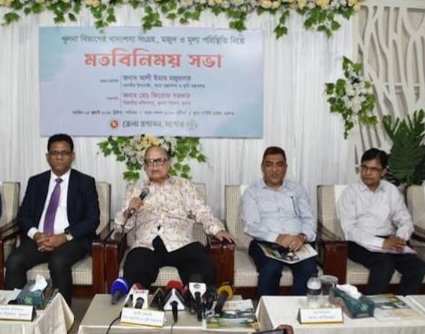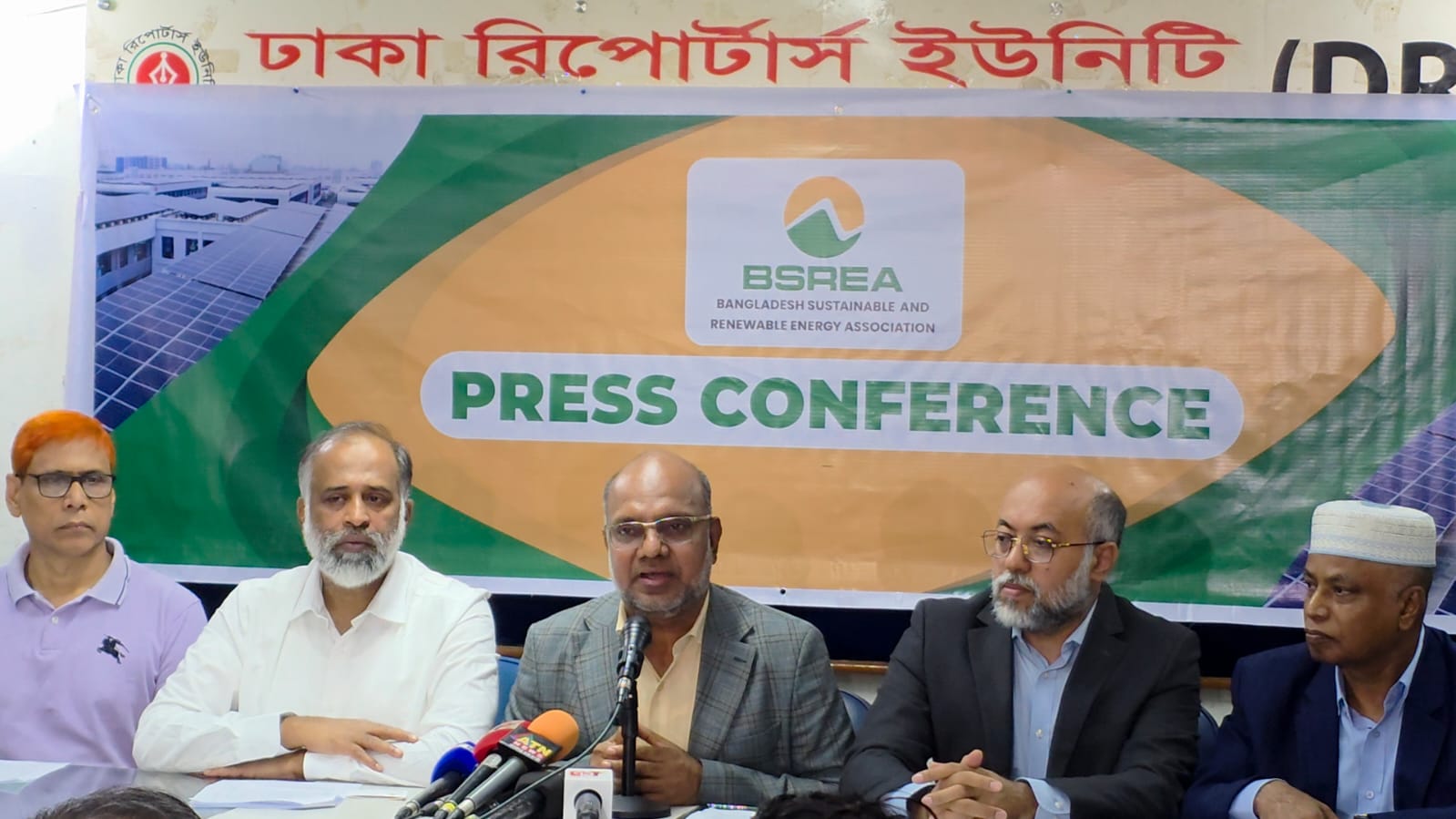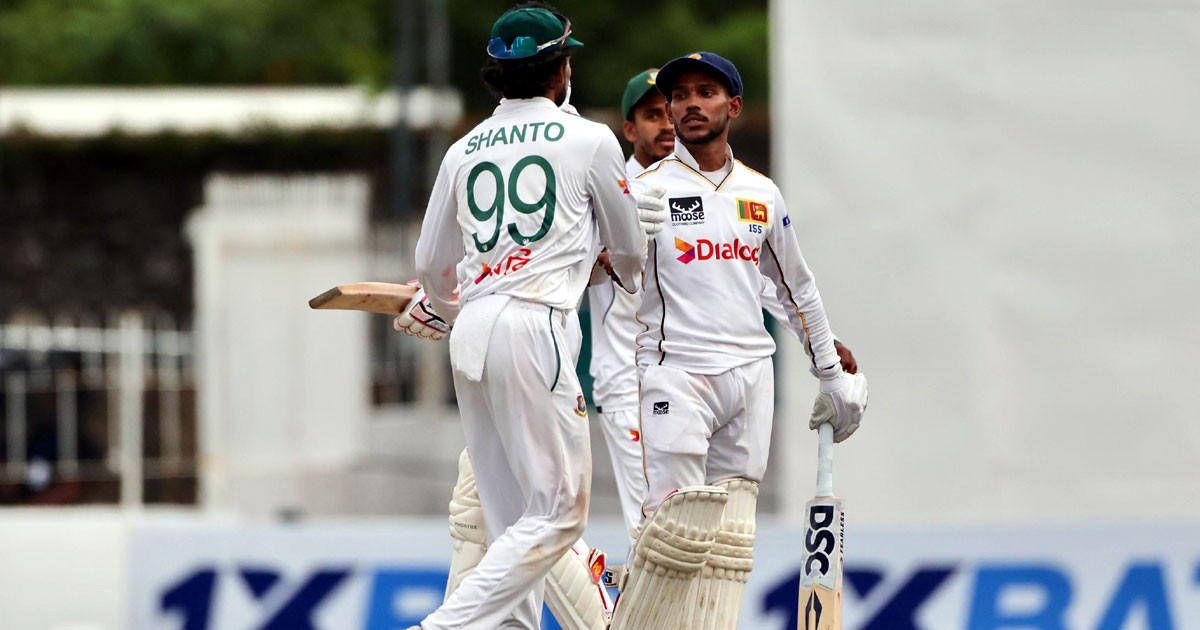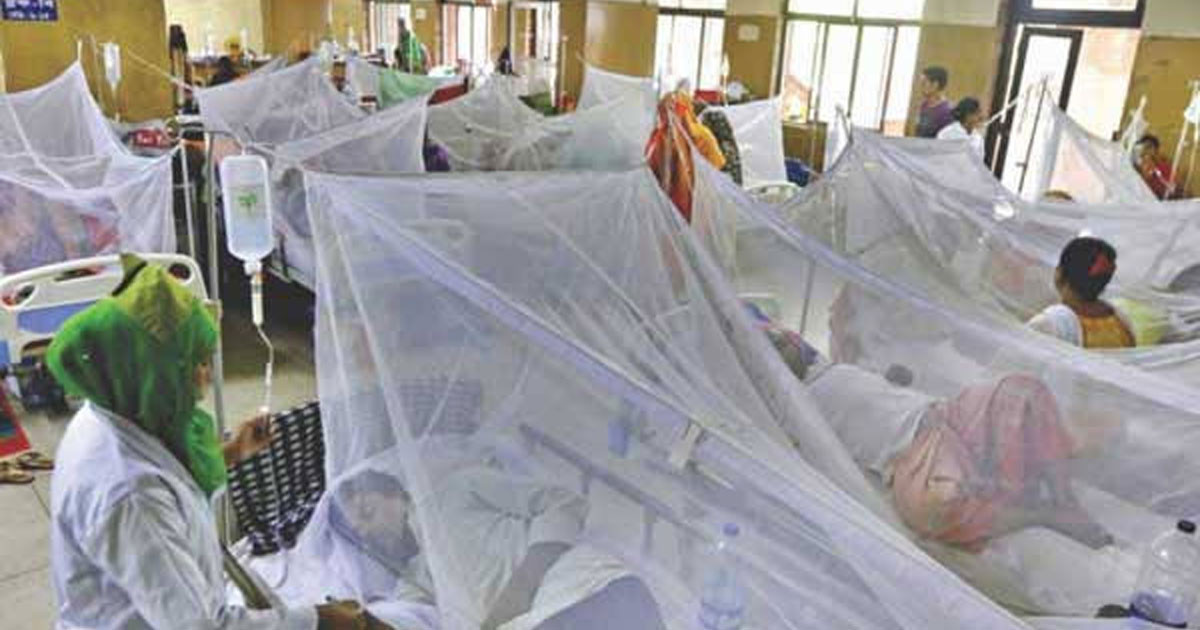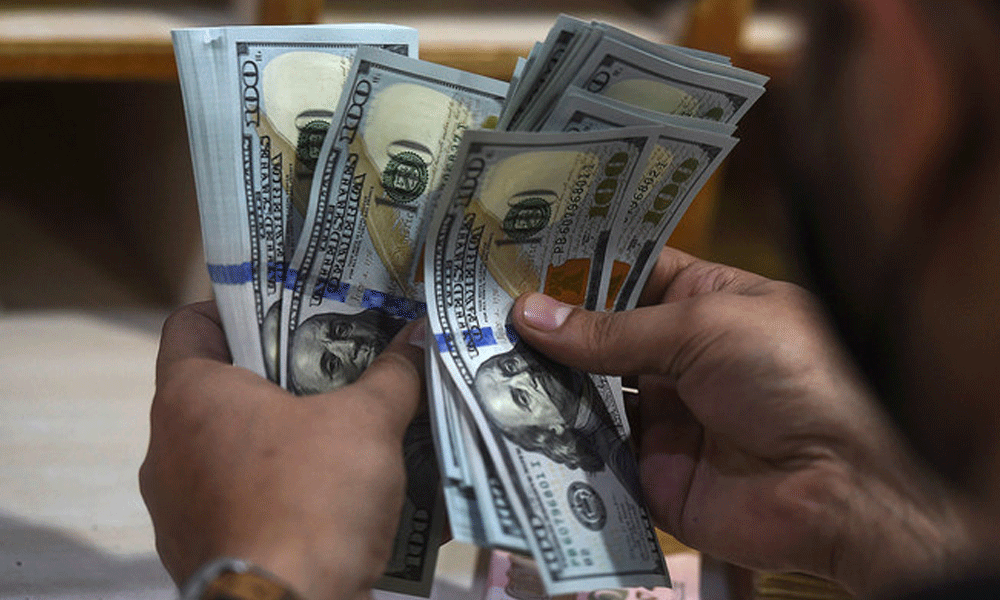
Bangladesh’s foreign debt repayments have surged by nearly 25% in the first nine months of the current fiscal year, despite a slowdown in fresh loan commitments from key development partners.
According to the Economic Relations Division (ERD), the country paid $3.21 billion in principal and interest between July and March of FY25—up from $2.57 billion during the same period last fiscal year. This marks a 24.9% year-on-year increase.
Principal repayments jumped by 32.6% to $2.01 billion, while interest payments rose 13.8% to $1.2 billion, highlighting the growing cost of external borrowing.
This trend reflects the maturing of earlier concessional loans and the transition to more commercial terms in some newer deals, experts said.
It underscores the urgency for prudent debt management and more efficient use of borrowed funds, they mentioned.
Despite rising repayments, aid disbursement has weakened. The World Bank and Asian Development Bank (ADB) remained the top lenders, disbursing $1.07 billion and $1.22 billion respectively. The United States and Japan collectively contributed $955.72 million, followed by Europe with $826.05 million and Asia-based entities including JEC and F&F with $543.47 million.
However, a notable development is the absence of fresh loan commitments from three of Bangladesh’s key bilateral partners—China, India, and Russia—during the first seven months of FY25.
This could indicate a recalibration in bilateral ties or a cautious lending posture due to global economic uncertainties, economists said.
They added it also places added pressure on Bangladesh to diversify its financing sources and strengthen domestic resource mobilization.
Last fiscal year, total debt repayment stood at $3.37 billion. With $3.21 billion already paid in just nine months, observers warn that the final tally for FY25 may surpass all previous records.
Experts recommend enhancing project implementation efficiency and prioritising loans for high-return investments to ensure long-term fiscal sustainability.



